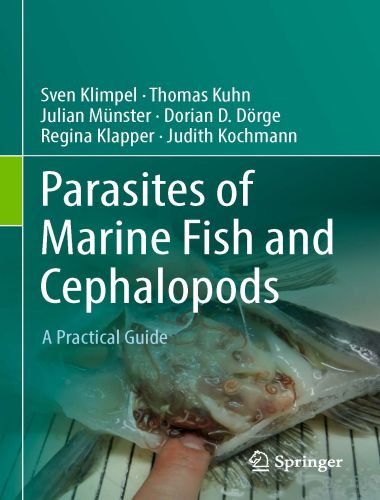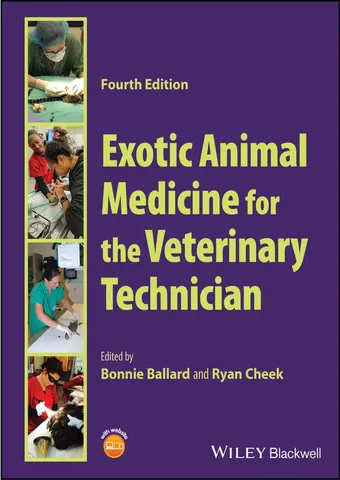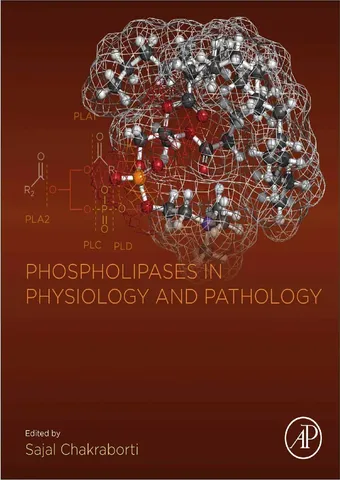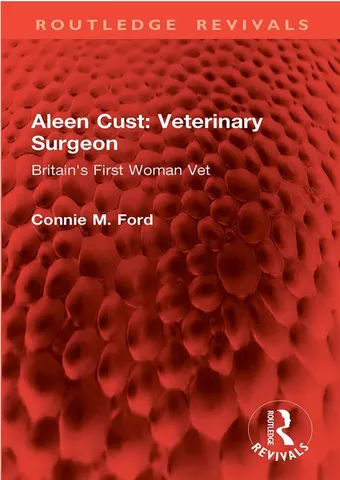AO Principles of Fracture Management in the Dog and Cat, The introduction of the AO philosophy to veterinarians occurred in the mid-1960s. This philosophy was directed to providing patient care that encouraged early weight bearing postoperatively, and a rapid return to function and mobility.
AO Principles of Fracture Management in the Dog and Cat
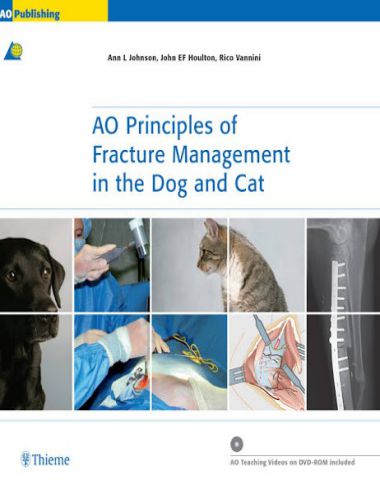
The innovative methods of treating fractures allowed patients to have a shorter recovery period, minimized the need for external coaptation and provided optimal results for fracture management. Veterinarians subsequently adapted and modified the principles and implants for use in animals, conducted clinical and experimental research, documented treatment and results, and participated in educational courses through out the world. Thus the principles of AO became the gold standard for fracture management in animals and remain so as we enter the 21st century.
This textbook builds on the foundation established by these pioneers in veterinary fracture management, and we, the editors, would like to acknowledge the contributions of these outstanding orthopedic surgeons without whom this project would have been impossible.
The “AO Principles of Fracture Management in the Dog and Cat” emphasizes the selection and application of optimal methods of fracture stabilization. This textbook is designed to convey the necessary information to both the student of veterinary surgery and the practising veterinary surgeon. The content is based on the current concepts of AO teaching with emphasis on the biology of fracture healing. Multiple methods of description are used including text, highlights, illustrations, animations and video clips. The entire book is provided on DVD-ROM and is formatted for viewing on a computer screen. We believe the versatility of this book provides the optimal learning experience for the reader.
The textbook starts with an overview of AO philosophy and principles and closes with an appendix chapter regarding implants and materials. These texts are taken from the book “AO Principles of Fracture Management” in humans, courtesy of AO Publishing and we duly acknowledge the respective authors.
Following the introduction, the textbook proceeds to describe perioperative considerations for managing the fracture patient, commencing with preoperative evaluation and treatment; working through fracture planning and documentation; anesthesia and pain management protocols; fracture reduction techniques; and ending with concepts of rehabilitation. Implant systems for achieving osteosynthesis, including plates and screws, external and internal fixators, and intramedullary implants are discussed in detail followed by a comprehensive review of the biology of bone healing, including methods for encouraging rapid bone formation.
The majority of the textbook provides details for management of fractures of each bone, starting with the axial skeleton and progressing to the long bones and distal extremities. Each chapter includes pertinent surgical anatomy and surgical approaches, preoperative considerations, operative techniques, postoperative care and prognosis. Although fracture management with bone plates and screws is the primary focus of this textbook, other methods of stabilization are described where appropriate.
The final chapters of the textbook contain the topics of reconstructive bone surgery, including a comprehensive description of corrective osteotomies and fracture complications. While emphasis is placed on avoiding such complications, their management is described in detail. Finally, techniques for joint arthrodesis are included. The glossary at the end will help to guide you through the textbook.
[expand title=” “]
| PDF Size: 30 MB | eBook Download |
[/expand]
Password: pdflibrary.net


